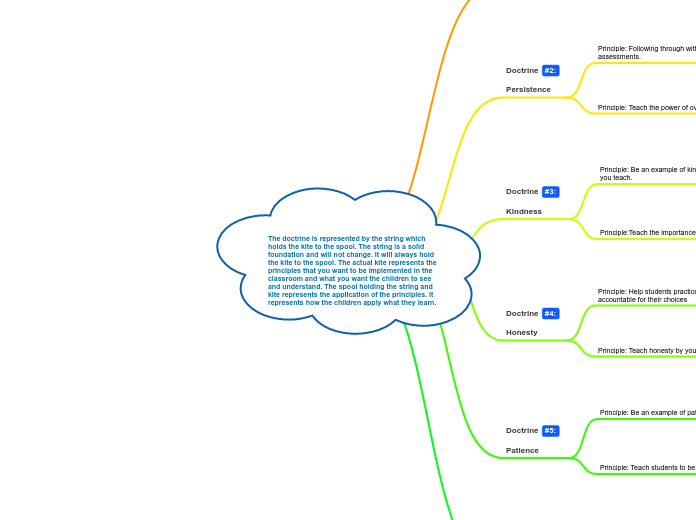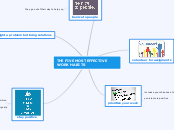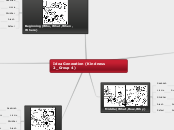realizată de Payton Clark 4 ani în urmă
213
The doctrine is represented by the string which holds the kite to the spool. The string is a solid foundation and will not change. It will always hold the kite to the spool. The actual kite represents the principles that you want to be implemented in the









